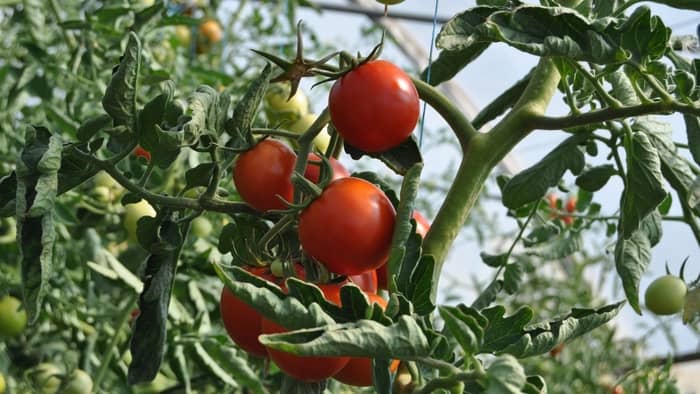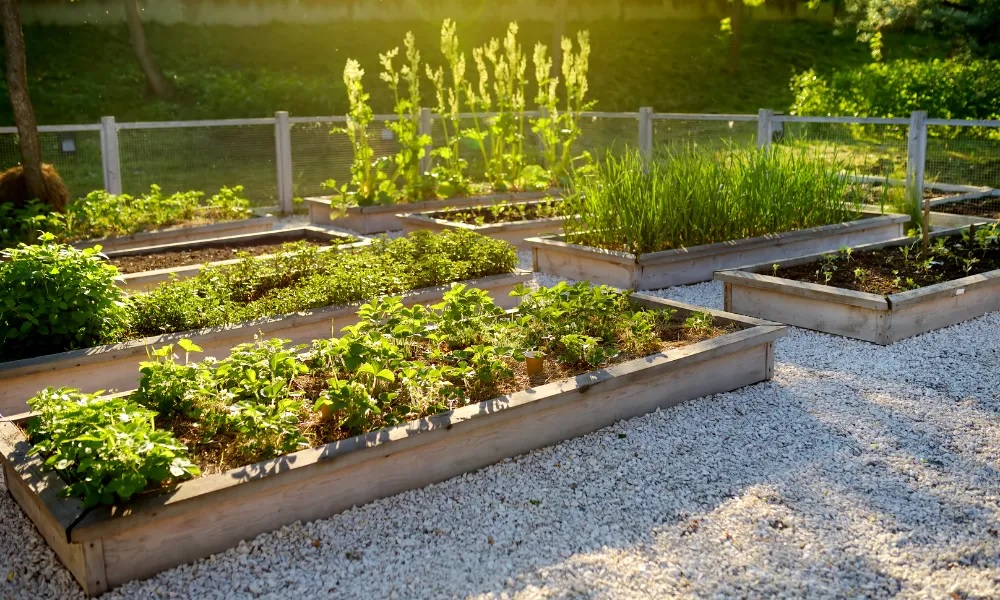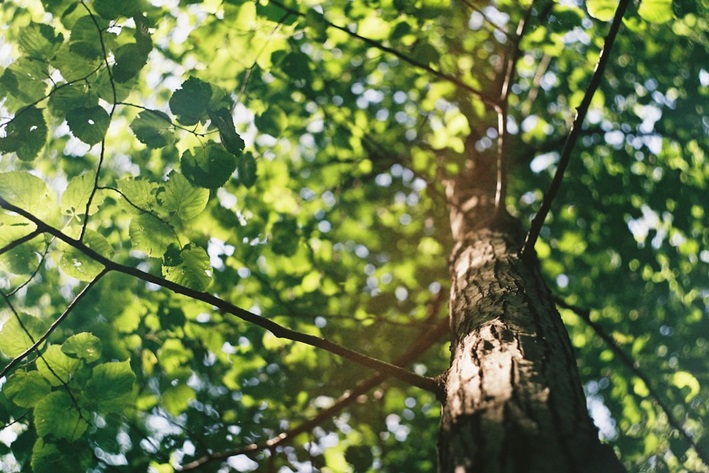When navigating the diverse planting zones of California, you’ll often hear the guidance “Follow Sunset.” Sunset Magazine has been providing plant recommendations tailored to California’s microclimates since the 1960s. Their zone maps are more detailed than the USDA’s. But should Sunset be your definitive source when choosing plants? What is the Sunset Zone System? While the USDA zones provide high-level climate analysis, Sunset goes deeper by accounting for California’s unique conditions. The magazine has divided the state into 24 distinct growing zones that consider:
- Proximity to the coast – accounts for ocean breezes, fog, and salt air
- Elevation – captures impacts from mountains and temperature inversions
- Precipitation – recognizes wet vs. dry regions
- Temperature flux – factors in extremes beyond just winter lows
Gardeners can use these hyperlocalized data to choose plants that are best adapted to California’s mosaic of microclimates.
Sunset’s role in defining ca zones
Sunset Magazine divides California planting zones into 24 based on subtle climate factors like fog, wind, elevation, and proximity to the coast. This accounts for California’s dramatic microclimate variations. Whereas the USDA map may classify an entire county in one zone, Sunset provides zone specificity down to the neighborhood level. For each zone, Sunset curates recommended plant lists spanning hundreds of varieties proven to thrive in those conditions. Their guidance targets the sweet spot of climate suitability for species not hardy enough for colder inland zones but requiring more chill hours than southern regions. California gardeners look to this zone-specific advice when deciding what to plant. Sunset plant recommendations provide many benefits:
- Takes the guesswork out of plant selection for your target zone.
- Draws from years of on-the-ground garden trialing and feedback.
- Provides ideal picks not too conservative or extreme for your zone.
- Focuses on plants available at local nurseries.
- Covers flowering plants, edibles, shrubs, trees – everything for gardens.
- Offers tips on growing conditions beyond just zone minimums.
- Account for microclimate impacts within zones.
Limitations of solely following sunset
- Not as detailed for hyperlocal microclimates smaller than a zone.
- -Underestimating the cold hardiness of some plants is only recommended for warmer zones.
- Lag time in updating recommendations means new varieties aren’t featured promptly.
- Promotes “safe” versus innovative plant choices.
- Scant guidance for native and drought-tolerant options.
- Less specificity on soil adaptation within zones.
- Not as helpful for edible gardening guidance.
Incorporating other guidance with sunset
Balancing Sunset with other resources provides a more complete picture:
- Local university studies detail ideal plants for custom microclimates. County-specific guidance is available.
- Statewide info from UC IPM and California Native Plant Society expands options.
- Neighbors and community gardens showcase hyperlocal successes.
- Specialty nurseries offer localized guidance beyond Sunset.
- National databases like USDA PLANTS show expanded species viability.
- Gardening forums connect you with California gardeners to swap insights.
- Experimentation and observation in your unique garden refine knowledge.
Blending Sunset’s signature picks with ancillary guidance lets you cast a wider net for plant selection. Compiling insights from neighboring gardeners, specialty growers, academic studies and forums creates a tailored palette. Experiment with cutting-edge varieties too. Sunset guidelines get you in the zone ballpark.













